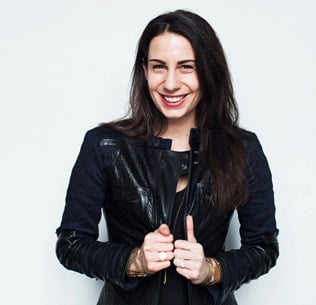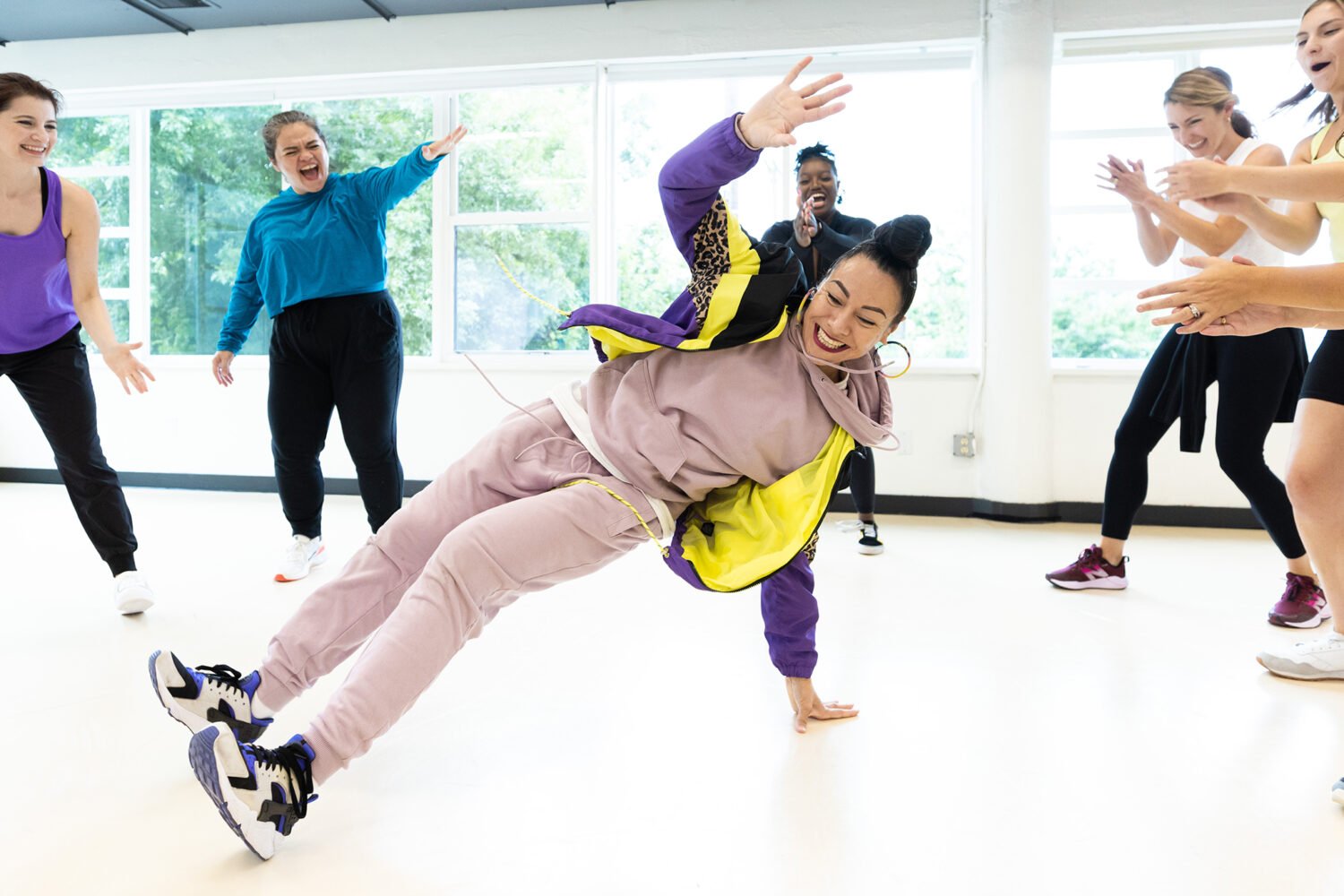Seven years into her run as a soloist with the American Ballet Theatre, Misty Copeland has already transcended the bounds of the profession. With a viral Under Armour commercial and a starring role in a Prince music video under her belt, Copeland is now the kind of celebrity who gets recognized on the streets on New York–not exactly a typical experience for a professional ballerina. What makes Copeland’s catapult to fame even more remarkable is that she is one of the few black dancers occupying a high-ranking role in a major company.
Next week at the Kennedy Center, Copeland will break down another wall when she stars with Brooklyn Mack–one of the few black male leads in the industry–in a Washington Ballet production of Swan Lake. It’s a pairing that will make history, with two black dancers in the lead roles of the classic, beloved ballet for what’s considered the very first time. If Copeland’s dominance in roles such as the Firebird are any proof, she’s sure to put in a groundbreaking performance.
Even then, ballet will still have a long way to go before it achieves anything resembling true diversity. Michaela DePrince, the star of the ballet documentary, “First Position,” left the country to dance with the Dutch National Ballet, saying in an interview with the Guardian: “I struggled with the fact that I was black and there weren’t a lot of black dancers at the studio with me.” One American black ballerina in Russia, Precious Adams, was even asked to bleach her skin and “try and rub the black off” and subsequently left the Bolshoi Academy for the English National Ballet.
But complex situations are nothing new for Copeland, who was one of six children and spent a portion of her childhood living in motels. She only began dancing at the age of thirteen–in an industry where most pros were dancing in kindergarten–when a local teacher took notice of her grace, power, and innate ability to mimic the movements of others. Her proportions, however, aren’t necessarly considered ideal for ballet. With an athletic build and five-foot-two frame, Copeland doesn’t match the standard of the long, lean, and willowy ballerina.
Even after all her recent success, she hasn’t been considered the paradigm of a classical ballerina. Her breakout roles were primarily in modern works, especially those by choreographer Twyla Tharp. “I have to remind them that I was trained classically and this is what I want to do—the classical roles,” she told DANCE magazine. “So that has been one of the biggest struggles for me here [at ABT].”
Mack too has often been typecast as a “powerful” dancer; the Washington Post described him as “the go-to guy when artistic director Septime Webre wants to wow the crowd.” He told the paper, “I like to jump, and I love the bravura roles, but I like everything else just as much. It’s another side of me, and that side of me has to be fed.” As Prince Siegfried in Swan Lake, he’ll have the chance to show off his power and his grace.
If their performance is as riveting as many expect, it may lead to yet another professional coup for Copeland. “My goal is to become the first African-American principal dancer with ABT,” she told Rivka Galchen at the New Yorker. And at the end of this spring season, she may very well get her chance. Three principal ballerinas will retire from ABT–Julie Kent, Paloma Herrera, and Xiomara Reyes. Perhaps that will open the door for Copeland to assume their mantles and make new, historic strides for American ballet.
Swan Lake
The Kennedy Center
April 8 to April 12
$45 to $145
Tickets for Copeland’s performances are unfortunately sold out on the Kennedy Center’s website, but at publication time there are plenty of available seats on StubHub.


















